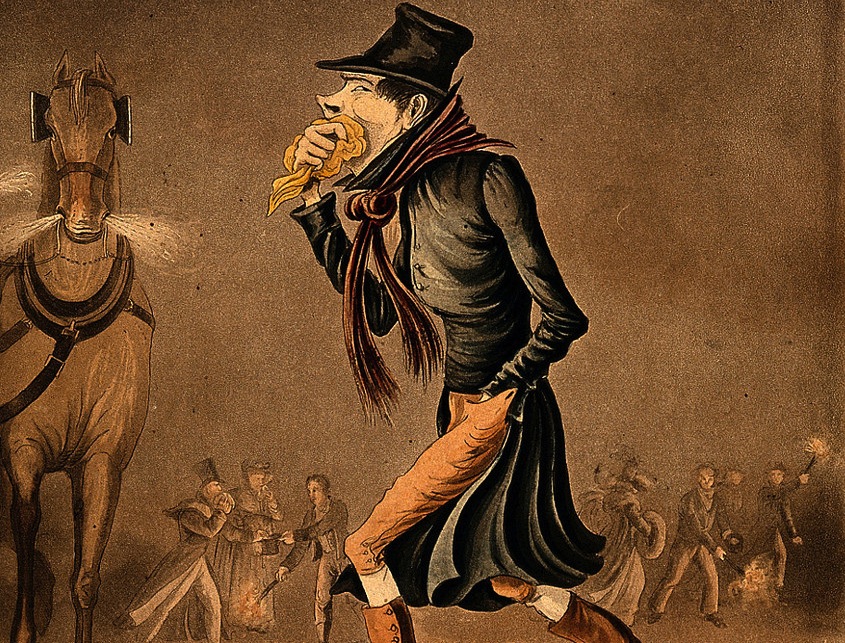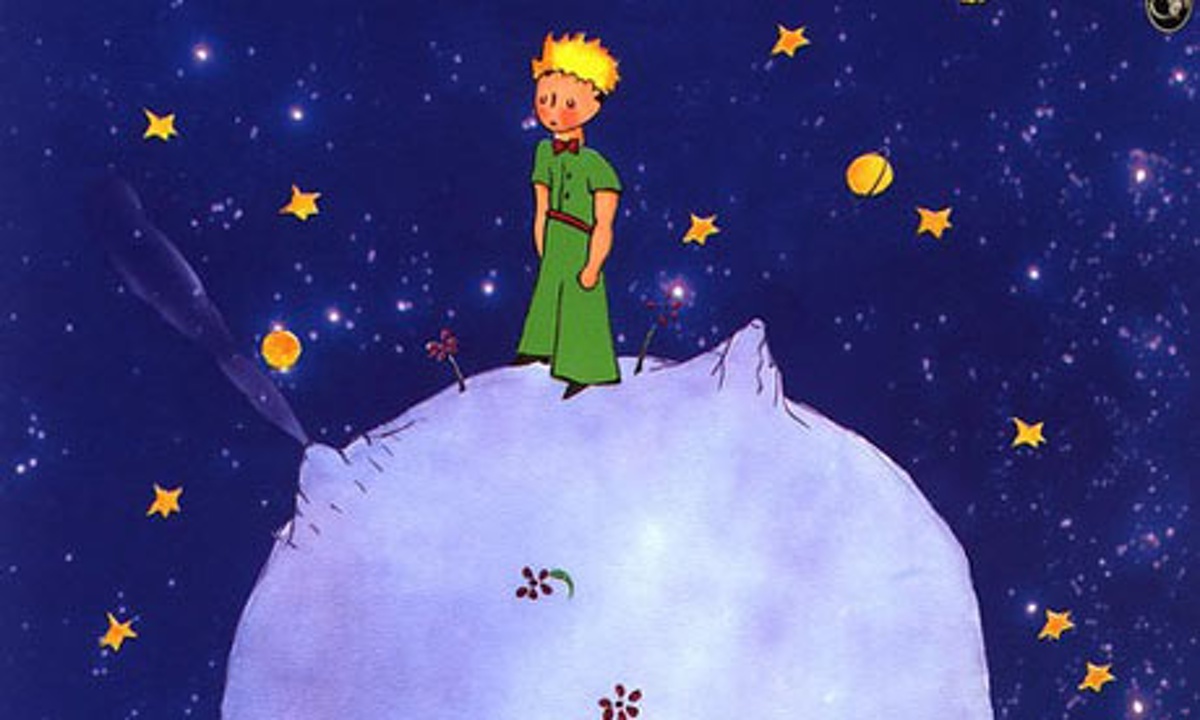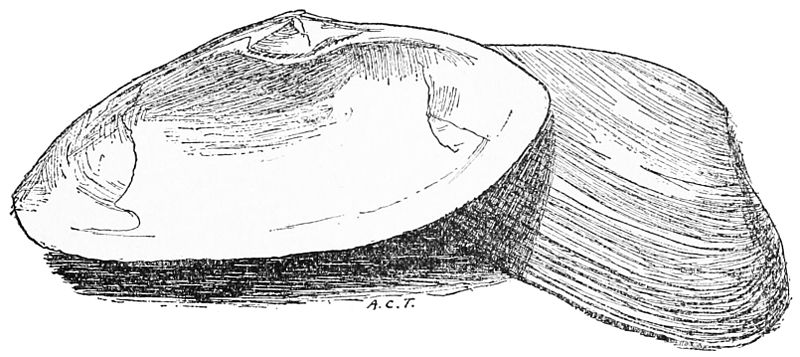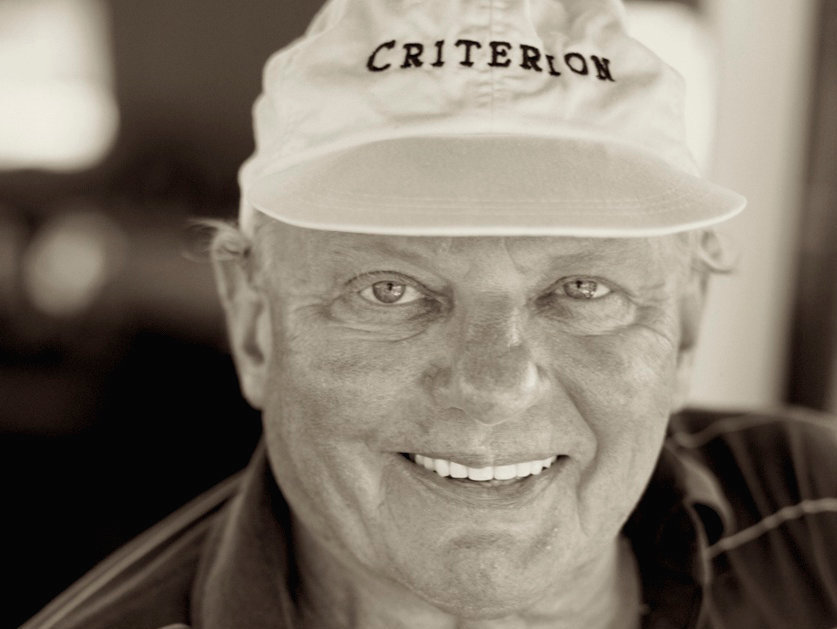Astronomers have Sport Archivesadded two more exoplanetsto a growing study aimed at finding out whether rocky worlds near small, faint stars might have air.
Scientists leading a high-priority observing program with NASA’s James Webb Space Telescopehave added two more rocky planets outside the solar system to their shortlist. These distant worlds — LHS 1140 b and LTT 1445 Ab — both orbit red dwarfs. These stars, also called M-dwarfs, are smaller and cooler than the sun, but far more common in space, making them intriguing places to look for potentially habitable conditions.
The new pair brings the number of targets in the project, first reported by Mashable, to four, though the researchers expect to eventually look at about a dozen exoplanets.
The campaign will use Webb to look for signs of carbon dioxide, a heat-trapping gas, using a novel method for studying atmospheres, called the secondary eclipse technique. Meanwhile, the Hubble Space Telescopewill focus on the stars themselves, studying their ultraviolet radiation output. Red dwarfs are ubiquitous in the Milky Way, but they’re also known for flaring and blasting out harmful ultraviolet light. That could strip a planet bare, leaving behind nothing but a dead rock.
"The answer for 'Are we special ... or not?' can start to be answered if we start uncovering atmospheres of these rocky exoplanets around M-dwarfs," said Néstor Espinoza, an astronomer heading the implementation team.
SEE ALSO: Scientists haven't found a rocky exoplanet with air. But now they have a plan. A rocky world, LTT 1445 Ab, orbits a red dwarf star within a three-star system about 22 light-years away. Credit: ESO / M. Kornmesser illustration
A rocky world, LTT 1445 Ab, orbits a red dwarf star within a three-star system about 22 light-years away. Credit: ESO / M. Kornmesser illustration LTT 1445 Abis roughly the size of Earth and about 22 light-yearsaway in the constellation Eridanus. The exoplanet orbits the star LTT 1445 A, which, in turn, orbits two other stars in a triple-star system. LHS 1140 bis a bit larger and heavier than Earth, located about 49 light-years away in the constellation Cetus.
Both were discovered within the past eight years, but LHS 1140 b was the focus of a recent Webb study that suggested the planet could have an ocean half the size of the Atlantic and maybe even a thick, nitrogen-rich atmosphere like Earth.
"We'll need more JWST observations to verify an atmosphere," said Ryan MacDonald, one of the study's coauthors, on X last year, "but LHS 1140b is looking like one of the most promising potentially habitable super-Earths."
These two selected exoplanets join GJ 3929 b and LTT 1445 Ac, a sibling to LTT 1445 Ab within the same star system, in the Rocky Worlds program. The first observations could begin as early as the end of this week.
There's a key difference between the first four targets and Earth: These alien worlds are so close to their stars, their years are only a few Earth-days long. That may not be a problem, given that their host stars aren't as hot as the sun, but could atmospheres even survive the constant barrage of harsh radiation? Getting to the bottom of that fundamental question is why this program exists, Espinoza told Mashable.
"If we end up finding that these M-dwarfs have atmospheres, then immediately the likelihood of maybe life can emerge in M-dwarfs is more likely there than here," he said, comparing them to our own solar system, "perhaps because you will have many more possibilities of generating different types of atmospheres."
 An exoplanet, LHS 1140 b, may have a thick atmosphere, allowing an ocean to pool on its surface. Credit: B. Gougeon / Université de Montréal illustration
An exoplanet, LHS 1140 b, may have a thick atmosphere, allowing an ocean to pool on its surface. Credit: B. Gougeon / Université de Montréal illustration Scientists have found signs of atmospheres surrounding many of the 5,900exoplanets discovered so far, but all of them have surrounded gas giant planets, like Jupiter, with air mostly made of hydrogen. The hunt for a more terrestrial world shielded by a protective atmosphere has so far eluded astronomers.
Jennifer Lotz, who directs Webb and Hubble's operations at the Space Telescope Science Institute in Baltimore, decided last year to initiatethe rocky exoplanet survey using the director's discretionary time, the same way revolutionary science campaigns like the Hubble deep field imagescame to fruition.
Webb usually observes exoplanets through transmission spectroscopy, a technique for studying what molecules are present in an atmosphere by analyzing how starlight filters through it. But that method has had its drawbacks. If the starlight were completely uniform, that would be one thing, but red dwarf stars can get sunspots, causing variability in the signals. This problem, called stellar contamination, has recently led Webb scientists to embrace another technique, known as secondary eclipse observations.
With secondary eclipses, it's a game of hide-and-seek. Scientists measure the signals of the red dwarf and planet when they're next to each other in space from the telescope's vantage point. Then, when the planet travels behind the star, scientists collect the star's signal alone while the planet is blocked. By subtracting the star from the total, the researchers can then isolate the light coming from the planet. Teams will use a particular wavelength filter that can detect carbon dioxide, thought to be a likely atmospheric gas.
Scientists will also take thermal measurements to get an early sense of whether an atmosphere could be present. If the temperature is lower than expected, it's a strong indication that a thick atmosphere is distributing energy from the planet's dayside — the hemisphere facing the star — to the nightside.
More targets are expected to be announced before October, when the next round of telescope proposals is due.
Topics NASA
 Hyperspeed of the Immediate
Hyperspeed of the Immediate
 Letters of a Nerd: William Carlos Williams Writes to His Mom
Letters of a Nerd: William Carlos Williams Writes to His Mom
 The Bad Air and Dubious Science of the Miasmatists
The Bad Air and Dubious Science of the Miasmatists
 Visit Us at the Brooklyn Book Festival
Visit Us at the Brooklyn Book Festival
 Of Many Minds
Of Many Minds
 “I Just Paint”: The Personal, Sincere Art of Billy Childish
“I Just Paint”: The Personal, Sincere Art of Billy Childish
 Having Trouble Writing? Try “Once Upon a Time.”
Having Trouble Writing? Try “Once Upon a Time.”
 Having Trouble Falling Asleep? Read This.
Having Trouble Falling Asleep? Read This.
 Voting off the Apprentice President
Voting off the Apprentice President
 On Hating—and Then Loving—The Little Prince
On Hating—and Then Loving—The Little Prince
 Gun Anarchy and the Unfree State
Gun Anarchy and the Unfree State
 Birtwistle and Harsent’s Operas Turn Myths on Their Heads
Birtwistle and Harsent’s Operas Turn Myths on Their Heads
 When My Parents Got Their Clamming License
When My Parents Got Their Clamming License
 When Samuel Beckett Teamed Up with Buster Keaton
When Samuel Beckett Teamed Up with Buster Keaton
 Eat the Press
Eat the Press
 Remembering Bill Becker, a Loyal Friend of The Paris Review
Remembering Bill Becker, a Loyal Friend of The Paris Review
 Preorder “The Unprofessionals,” Get a Free TPR Shirt
Preorder “The Unprofessionals,” Get a Free TPR Shirt
 Why Did China Censor a Photo of a Granny with an Umbrella?
Why Did China Censor a Photo of a Granny with an Umbrella?
 So Much Winning
So Much Winning
 Remembering Bill Becker, a Loyal Friend of The Paris Review
Remembering Bill Becker, a Loyal Friend of The Paris Review
WhatsApp is down and people are panickingWhatsApp is down and people are panickingSome delayed iPhone X shipments are arriving quicker than expected'Stranger Things 2' is channeling Harry PotterPandora tried to become more like Spotify and now it's bleeding usersXbox One X review: Microsoft's new flagship console lacks purposeNoel Gallagher has a scissor player in his band and it's niceBitcoin price hits $7,000 for the first timeSilicon Valley preaches fasting, alarming eating disorder expertsKevin Spacey is off 'House of Cards as Netflix moves to sever tiesDid you catch these amazing 'Thor: Ragnarok' cameos?Pandora tried to become more like Spotify and now it's bleeding users'Wonder Woman' has largest superhero origin story box office everRohingya refugee crisis gets broken down in one powerful GIFRich man shuts down DNAinfo and Gothamist after employees unionize'StarCraft 2' goes freeMillie Bobby Brown and the Kardashians are each others' biggest fansFacebook admits to nearly as many fake or clone accounts as the U.S. populationSilicon Valley preaches fasting, alarming eating disorder experts'Game of Thrones' star Maisie Williams is 'excited' for show to end Amazon Ring hacked? Ring denies it as hackers threaten to release data Michelle Yeoh's Oscar win stokes conversations on Asian identity and representation 'Black Panther' costume designer Ruth E. Carter made history at the Oscars Coachella canceled over coronavirus concerns Yes, Austin Butler did bring his Elvis voice to the Oscars Costco reportedly stops handing out free samples in some stores due to coronavirus Academy Awards failure to honor Angela Bassett comes as no surprise to many Wordle today: Here's the answer, hints for March 16 Arnold Schwarzenegger is self Watch Pedro Pascal and Bella Ramsey crack up in 'The Last of Us' blooper Disney+ to stream 'Frozen 2' just in time for your quarantine 'The Office' fans imagine what it would look like if coronavirus hit Dunder Mifflin Chris Evans slams Trump's reaction to coronavirus spread Online scammers stole more than $10 billion in 2022 thanks to cryptocurrency 'The Last of Us': Who are the Fireflies and FEDRA? A24 swept the Oscars with 'Everything Everywhere All At Once' and 'The Whale' OpenAI announces GPT Everyone's regretting their '2020 will be better' tweets now To curb the spread of coronavirus, here are some fun handwashing tips Lenny Kravitz and John Travolta lead the Oscars 'In Memoriam' tribute
2.3593s , 10155.28125 kb
Copyright © 2025 Powered by 【Sport Archives】,Wisdom Convergence Information Network